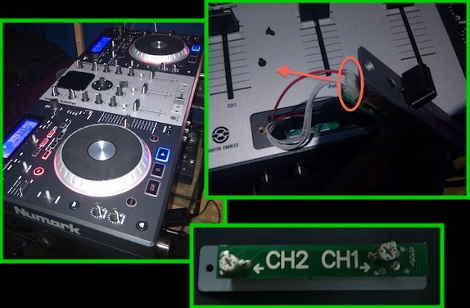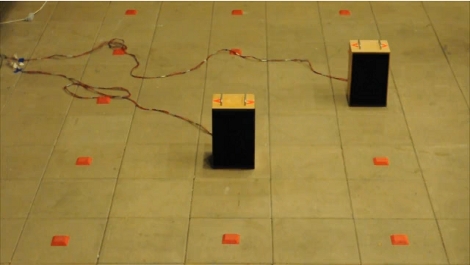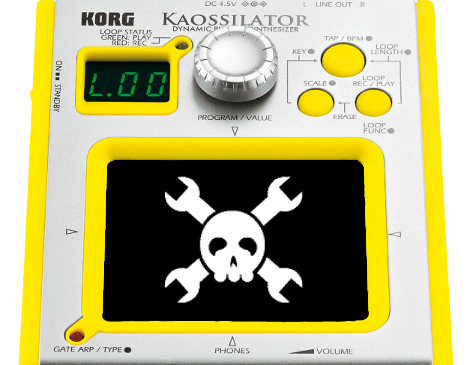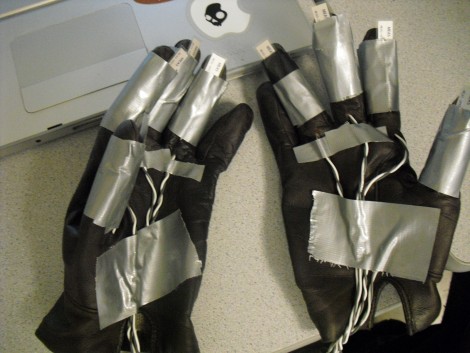
Tired of the disappointing performance from the crossfader on his Numark MIXDECK, [dj JD] cracked it open and made the crossfade curves adjustable. It’s a super-simple hack that just introduces two 100k trimpots to the crossfade slider. The change led to a higher volume level on the current channel until the slider was much nearer to the center. The added adjustment feature might be nice to have as two more knobs on the board but [JD’s] method leaves his equipment with a stock appearance. Is this a more refined version of circuit bending?














